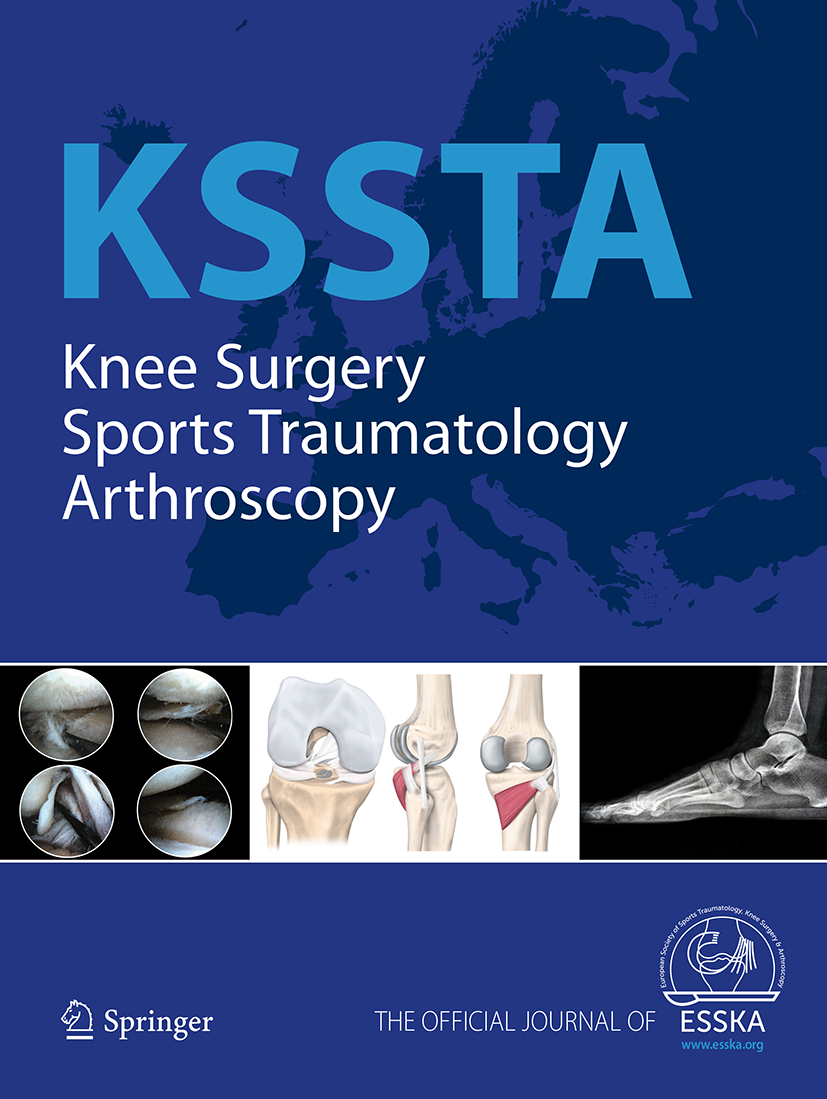
Similar 3-D motion results between anatomic and nonanatomic ACL reconstruction techniques

Similar 3-D motion results between anatomic and nonanatomic ACL reconstruction techniques
Rotational laxity after anatomical ACL reconstruction measured by 3-D motion analysis: a prospective randomized clinical trial comparing anatomic and nonanatomic ACL reconstruction techniques
Knee Surg Sports Traumatol Arthrosc. 2015 Dec;23(12):3473-81Did you know you're eligible to earn 0.5 CME credits for reading this report? Click Here
Synopsis
45 patients with an anterior cruciate ligament (ACL) injury and scheduled for arthroscopic reconstruction were randomized to one of three reconstruction techniques; anatomic double-bundle reconstruction with an anteromedial portal (AMP) technique, anatomic single-bundle reconstruction with an AMP technique, or nonanatomic single-bundle reconstruction with a transtibial technique. The purpose of th...
To view the full content, login to your account,
or start your 30-day FREE Trial today.
FREE TRIAL
LOGIN
Forgot Password?
Explore some of our unlocked ACE Reports below!

Learn about our AI Driven
High Impact Search Feature
Our AI driven High Impact metric calculates the impact an article will have by considering both the publishing journal and the content of the article itself. Built using the latest advances in natural language processing, OE High Impact predicts an article’s future number of citations better than impact factor alone.
Continue



 LOGIN
LOGIN

Join the Conversation
Please Login or Join to leave comments.